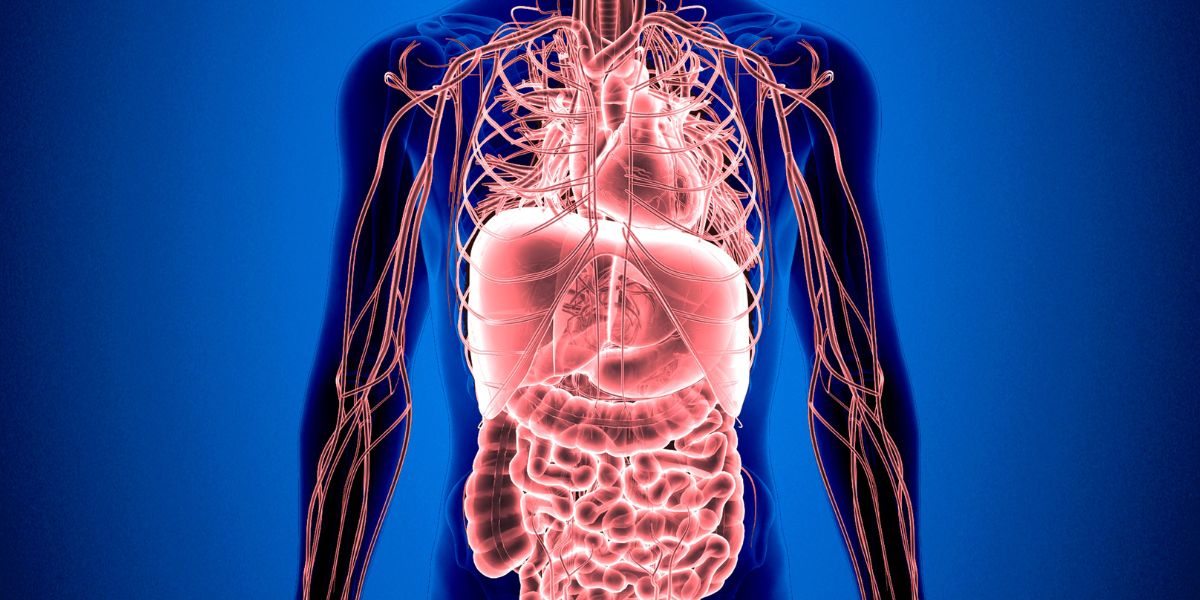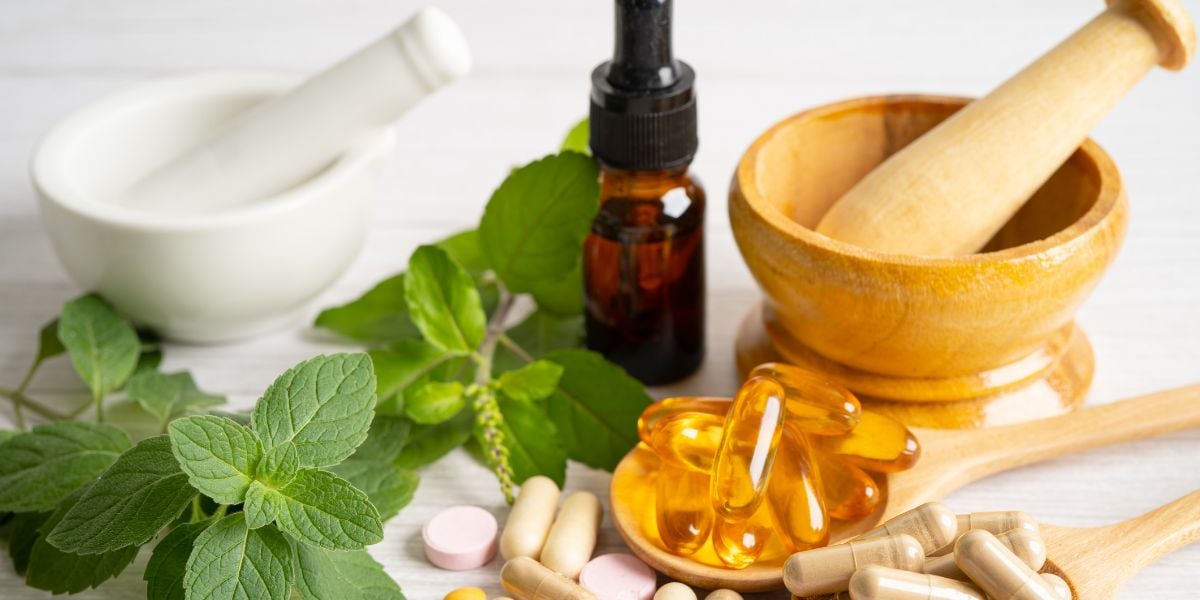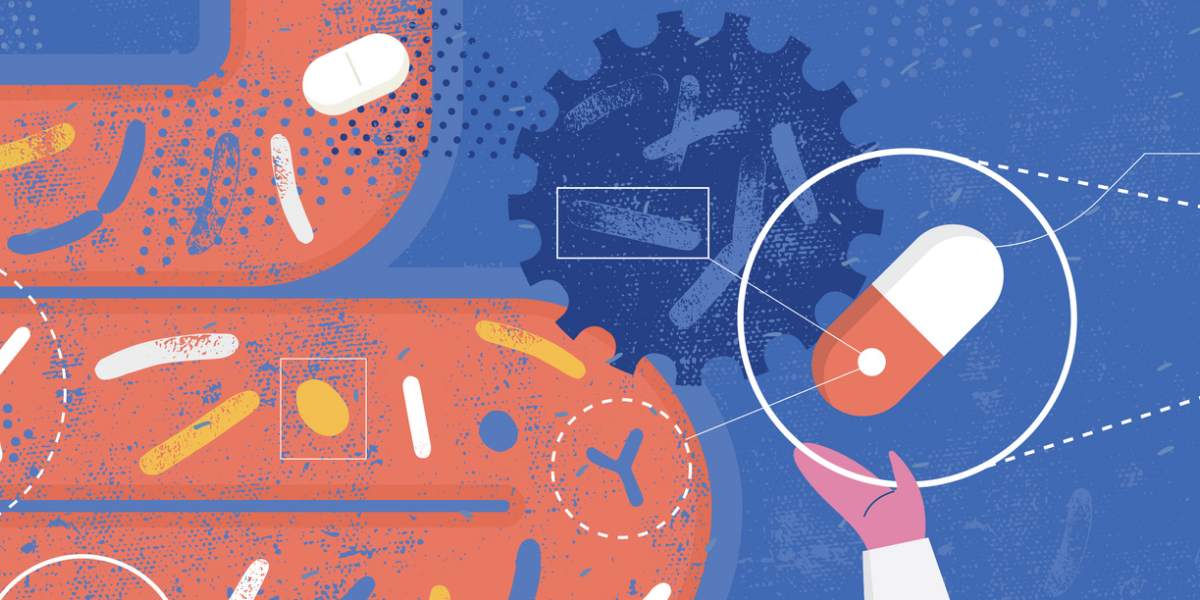Oestrogen is a group of steroid hormones which are often referred to as the female sex hormones because women have higher levels of these hormones than men.
Phthalates are chemicals found in a number of day to day items including plastics and have become a hotly discussed topic as these chemicals have been found to behave like oestrogen and shown to disrupt the body’s endocrine system as well as being linked with low fertility.
Role of oestrogen
Oestrogen plays a number of roles in the female body, being involved in ovulatio, pregnancy, childbirth itself and the development of female characteristics, such as the development of breasts, wider hips and female genitals. Oestrogen is also ovulatio, pregnancy and childbirth.
In males, oestrogen is also produced and is involved in the production of sperm and fertility.
Oestrogen and health
Deficiency of oestrogen linked with cardiovascular disease and problems affecting the brain such as Alzheimer’s disease, Parkinson’s disease and schizophrenia.
Oestrogen also plays an important role in bone formation and lower oestrogen levels have been linked with weaker bones and osteoporosis
Too high a ratio of oestrogen to testosterone is linked with faster progression of autoimmune diseases, which include rheumatoid arthritis and type 1 diabetes
Oestrogen is also linked with the development of breast cancer. Some breast cancers can be treated with an antibody medication called trastuzumab (trade name: Herceptin) that blocks oestrogen receptors to help prevent the cancer growing.
Oestrogen and type 2 diabetes
Many research studies have investigated whether there is a clear link between oestrogen and insulin resistance.
The research has given differing conclusions with some researchers noting that higher than normal oestrogen appears to be linked with increased insulin resistance, yet other studies have shown that low oestrogen levels, are linked with greater insulin resistance and other effects of metabolic syndrome, such as the development of fatty liver disease.
The research indicates that the balance achieved in nature is a finely balanced one. Significantly high or low levels of oestrogen could both be involved in the development of insulin resistance but researchers still need to gain a better understanding of the mechanics of the hormones before clear conclusions can be drawn.
Oestrogen in the environment
Concerns about high levels of oestrogen-like compounds in the environment are relatively commonly reported in the media and have been linked with increases in breast cancer in women, reduced fertility, a lower sperm count in men and undescended testicles in boys (cryptorchidism).
Phthalates are a group of chemicals which can behave like oestrogen if taken into the body and are commonly found in many items within our daily environment including:
- Plastics
- Food cans
- Beauty products
- Cleaning products
- Industrial chemicals
- Tap water
- Pesticides
- Soya and certain other legumes
The European Union has placed a ban on plastic toys containing more than 0.1% phthalates but other sources remain free of legislation regarding concentrations of phthalates.





